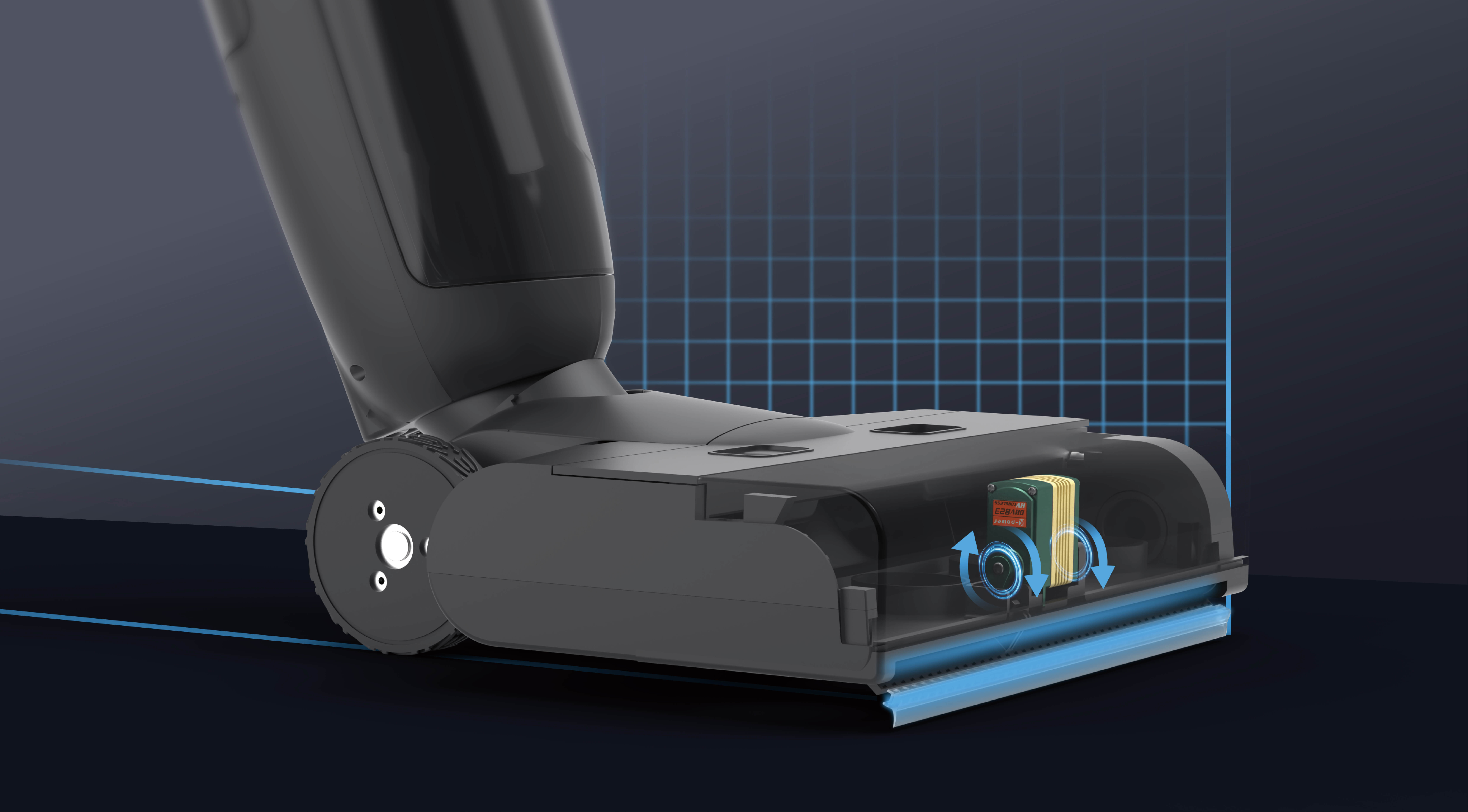Imagine the thrill of flying a drone — the wind whipping past, the tiny propellers buzzing, capturing breathtaking aerial shots. Now, what makes that experience truly smooth? It’s all about the heartbeat of the drone itself, especially the motors. Enter the 3D model of drone motors, a game-changer for anyone serious about drone performance and customization.

When you start shopping around for drone motors, it’s like stepping into a whole new world of possibilities. You’ll notice that high-quality motors bring efficiency, power, and longevity to the table. They’re designed with precision, balancing torque and speed perfectly, so your drone sustains longer flights without sacrificing agility. The 3D model of these motors isn’t just about looks; it’s a clear view into the internal structure—a real peek behind the scenes. Understanding the design helps you grasp why some motors perform better than others under heavy loads or during rapid acceleration.
Why bother with a detailed 3D model? Well, it’s about optimization. Engineers and hobbyists alike can identify hotspots where overheating might occur or areas that could benefit from material tweaks. Think of it as getting a detailed map before embarking on an adventurous trip—knowing the terrain helps avoid surprises. Plus, customizing the motor’s design becomes feasible. Want a more lightweight rotor? Or perhaps, a more powerful stator? These models let you tweak and visualize those adjustments before hitting the manufacturing phase.
Ever wondered how a drone motor’s torque impacts flight stability? It’s a good question. Stronger torque means the drone can handle inclined surfaces or carry heavier payloads without losing control. But if you push the motor too hard without proper cooling or design considerations, performance drops, and lifespan shortens. A clear 3D design allows creators to optimize cooling channels and material distribution, balancing power with durability.
Of course, not every model is created equal. When selecting a drone motor 3D model, look for ones that offer versatility, detailed breakdowns, and real-world simulation compatibility. Remember, the goal isn’t just pretty pictures—you want something that translates into real improvements on the flight line.
Are you curious about how advanced 3D modeling changes the way drone parts are developed? It’s pretty fascinating. Once designers can visualize every screw, coil, and magnet in three dimensions, the process becomes faster and more innovative. You get motors that are not only more efficient but also more reliable, pushing the boundaries of what drones can do.
If you're into custom builds or just eager to push your drone’s limits, investing in high-quality 3D models of motors isn’t just smart—it’s essential. It’s about building confidence, knowing every component is optimized and tested before physical production. That peace of mind translates directly into longer flights, better stability, and the kind of performance that turns heads.
So, whether you’re tinkering in your garage or designing a cutting-edge drone fleet, understanding and utilizing detailed drone motor 3D models is the way forward. It turns a simple component into a precise, well-understood tool—ready to deliver power and endurance, with plenty of room for innovation.
Established in 2005, Kpower has been dedicated to a professional compact motion unit manufacturer, headquartered in Dongguan, Guangdong Province, China.




































